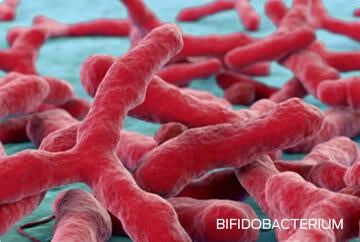When, If & How Much to Restrict Phosphorus in Chronic Renal Disease
David J. Polzin DVM, PhD, DACVIM
College of Veterinary Medicine, St. Paul, MN
Overview
Minimizing phosphorus retention is an important goal in managing CKD. However, homeostatic mechanisms of FGF23 and PTH may “hide” serum phosphorus concentration until later stages of CKD. Persistent activation of these regulatory hormones, even in early CKD stages, has been linked to earlier mortality. Although current renal biomarkers are better at identifying earlier stages of disease, these questions remain: When, if, and how much should dietary phosphorus intake be restricted to delay CKD progression?
Key points
- When should we manage phosphorus (P)? Not until cats have confirmed CKD, not just azotemia or on the basis of a single elevated creatinine lab result. Then, manage when a cat’s serum P exceeds the recommended IRIS CKD stage target for P. So, one needs to know the cat’s IRIS stage and what the P should be for that stage.
- If we should manage phosphorus?
- As kidney function declines, a positive P balance develops as GFR declines.
- Early on, this is adaptive: serum P remains in “normal” range with adaptive mechanisms in play.
- In later stages, body adaptation can’t keep P in check: hyperphosphatemia occurs with non-adaptive decreases in GFR that lead to increased P.
- The main adverse effects of retaining P in body (positive P balance):
- Progressive renal injury
- Mineral and bone disorders (CKD-MBD)
- How should we manage phosphorus? By defining the therapeutic goal range for serum P concentration —then making a plan for minimizing P based on the therapeutic options for reducing the amount of P entering the body. Monitor the cat’s response toward achieving stated goals. If not in that range, then adjust therapy to meet the cat’s goal P.
- The first step should always be to switch to a low-phosphorus diet.
- For cats with IRIS CKD Stages 3 and 4, start with a diet formulated specifically for CKD.
- Mirtazapine or capromorelin can enhance acceptance of the new diet.
- Add enteric phosphorus binders (EPB) if renal diets alone do not achieve the IRIS phosphorus target. Binders must be given with food; they are ineffective if given between meals.
- Repeat serum creatinine and phosphorus concentrations after four to six weeks.
- If the target concentration is not achieved after one month, and no complications have developed, increase the dosage and follow-up as previously described.
Clinical relevance
Excessive dietary phosphorus intake for an extended period may increase kidney injury and lead to CKD progression. Better understanding when and how to restrict phosphorus intake may slow renal injuries.


